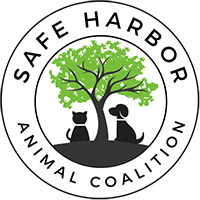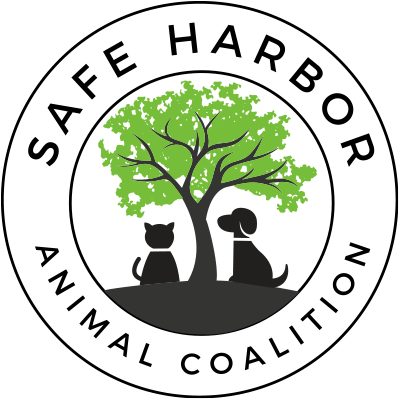
Trap-Neuter-Vaccinate-Return
Trap-Neuter-Vaccinate-Return or “TNVR” is the humane, effective approach for controlling free-roaming community cats. It is exactly what it sounds like: Cats are humanely trapped and taken to a veterinarian to be neutered and vaccinated. After recovery, the cats are returned or released to the location they were trapped. Community cats are not typically adoptable.
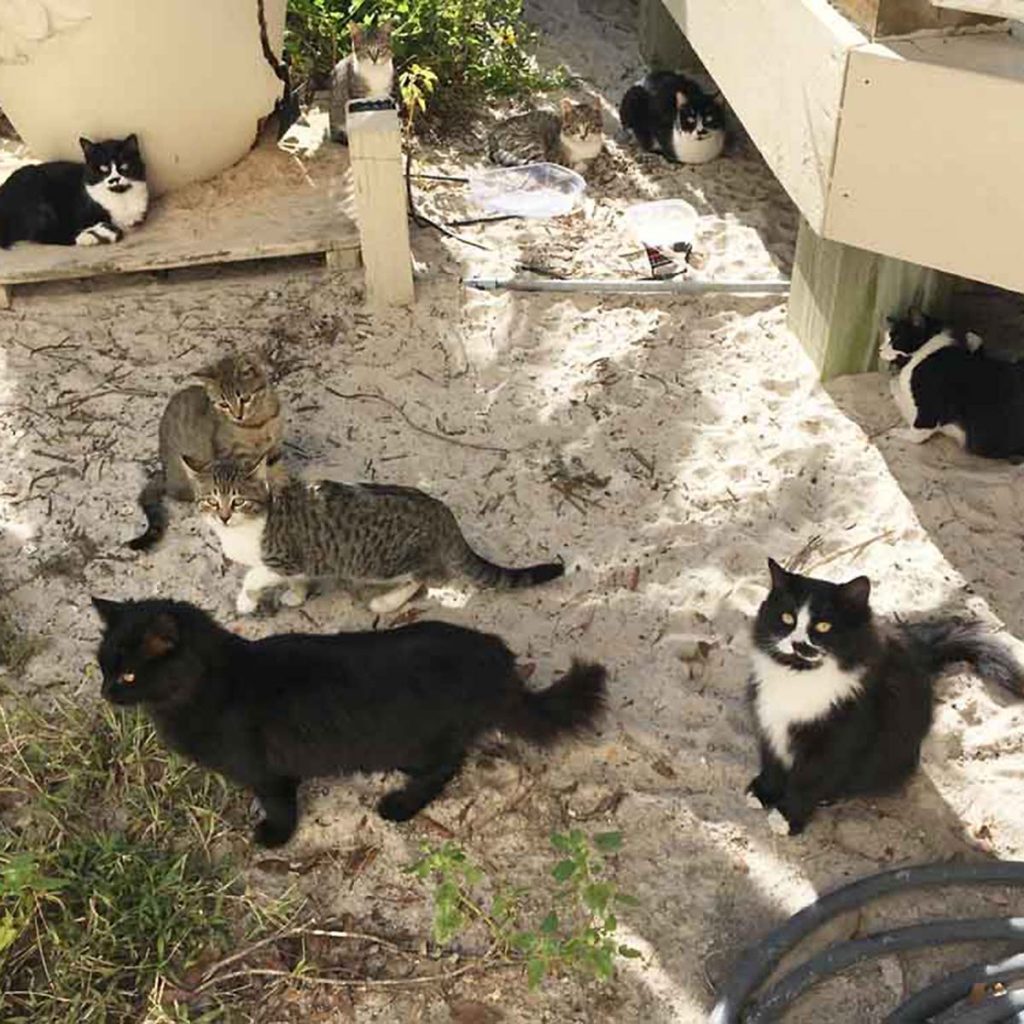
TNVR
What Are Community Cats?
“Community cats” are outdoor, unowned, free-roaming cats comprised of both feral cats and tame stray cats. Some community cats can be considered “semi-owned” as there may be a concerned citizen providing them food, water and shelter, but that person may not consider the cat(s) their own personal pets.
Feral cats are free-roaming cats who have never been socialized to humans. They are extremely fearful of people and do not welcome human contact, making them unsuitable as pets. Feral cats are typically born in the wild to a feral mom cat.
Tame, stray cats are lost or abandoned pets who are friendly to people. Although they still may be frightened and run away from people, generally tame, stray cats will exhibit a temperament similar to pet cats.
TNVR
What Does Trap-Neuter-Vaccinate-Return (TNVR) Involve?
Trap-Neuter-Vaccinate-Return involves concerned citizens (like you!) trapping free-roaming community cats, bringing them through S.H.A.C.‘s program to get them neutered, and then returning the cats to the exact location where they were trapped so they can live out the rest of their natural lives — without breeding. Ideally the cats will have a caregiver providing food, water and shelter for them, too.
There are many scenarios of what to do when finding kittens. Learn more about what to do when finding kittens outdoors.
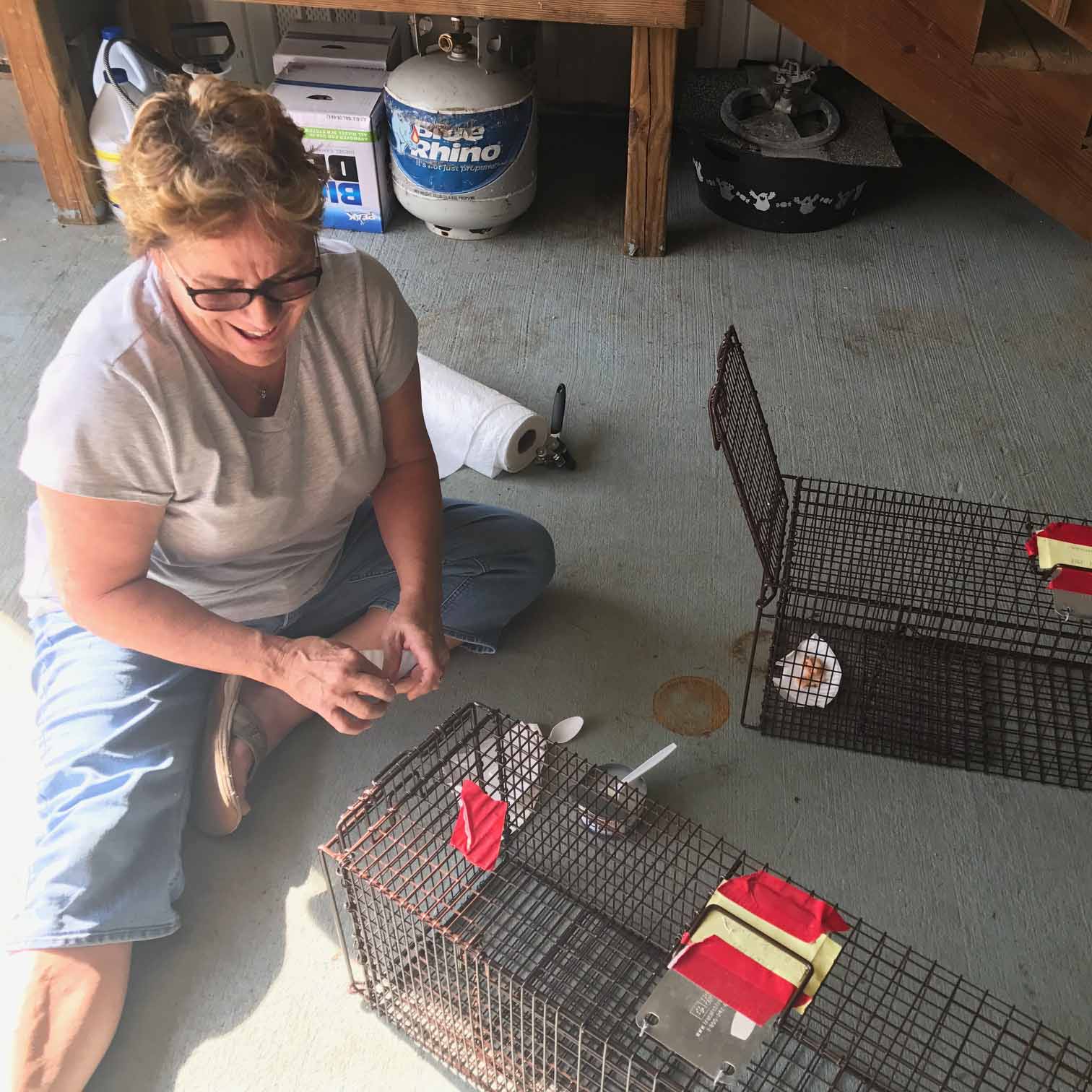
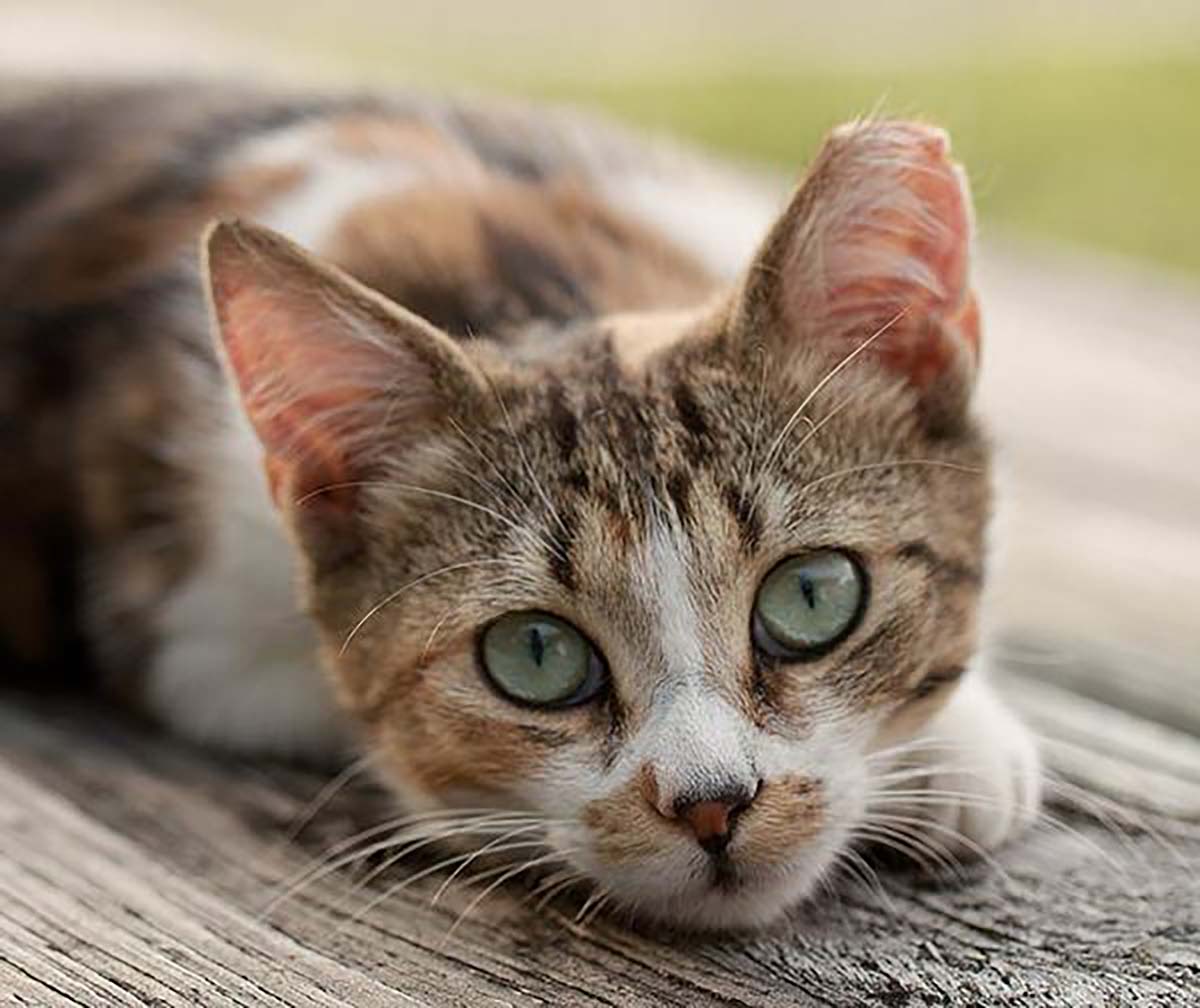
TNVR
Look for the Eartip, the Badge of Honor
If you’ve stumbled across a cat or cats that you’re not familiar with, look for an ear tip. What is an ear tip? It’s a universal symbol in animal welfare that indicates an outdoor community cat has been spayed/neutered and vaccinated. The ear is “tipped” while the cat is under anesthesia during the spay/neuter surgery. The top 3/8 inch of the left ear cartilage is removed; it heals quickly and does not hurt them.
Since most community cats prefer to keep their distance, ear tips can be seen from several feet away. It’s a standard part of Trap Neuter Vaccinate Return, as it’s an identifiable mark that tells those involved in animal welfare that the cat has gone through a TNVR program.
An ear tip is a badge of honor indicating the cat is healthy, loved, and being cared for by someone — and should be left alone in the only home it’s quite possibly ever known.
TNVR
What About Feral Kittens?
Cats start breeding at about 5 months old and can have up to two litters per year of about 4-6 kittens per litter. Then those kittens can start having kittens when they reach 5 months old, and the cycle continues to repeat. If nothing is done, the cat population will grow out of control. Trap-Neuter-Vaccinate-Return stops the breeding cycle. It’s a proven, humane solution to help both the cats and our community.
Kittens who have been born outdoors to a feral mom can generally be tamed and adopted into homes, but only if they are socialized within the first couple months of their lives. Kittens around 6 weeks old will be able to eat on their own and can be tamed with a little time and attention. But the older they get, the harder it becomes. If they are not handled at an early age (typically under 3 months), they will likely remain feral and unadoptable.
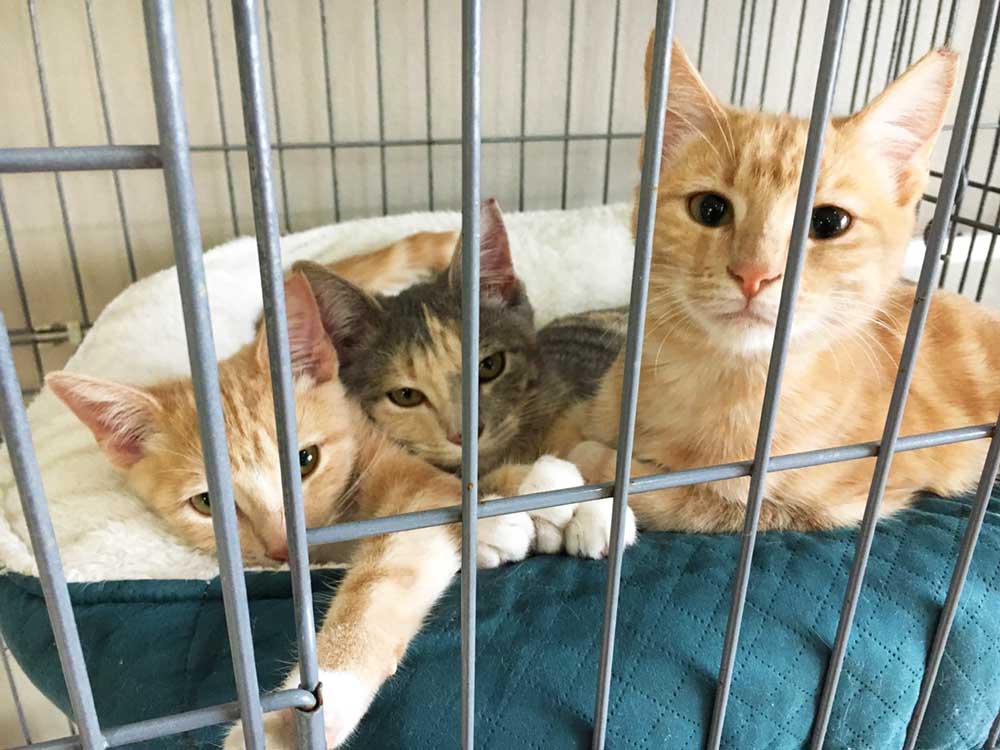
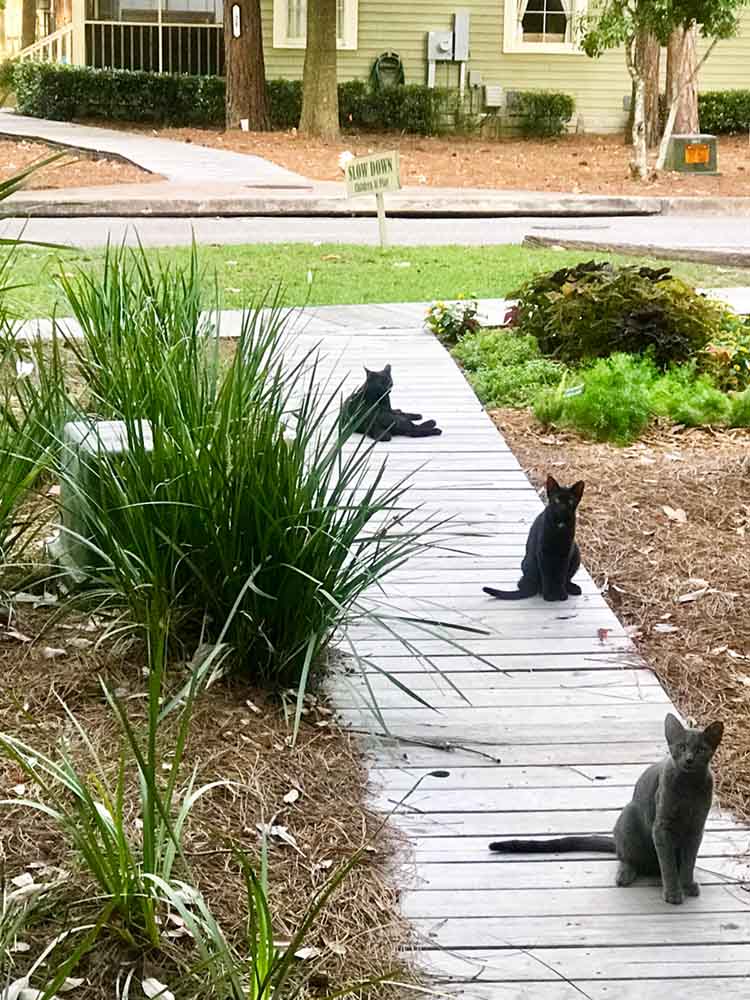
TNVR
The Community Benefits from a TNVR Program
TNVR results in significant, measurable, and positive outcomes for cats, communities, and organizations such as city shelters and animal control. Some of the benefits include:
- Improving cats’ lives
- Stabilizing cat colonies — reproduction stops and litters are not born
- Reducing nuisance cat behaviors such as spraying, howling/caterwauling, fighting, roaming and breeding
- Resources previously spent on ineffective removal and/or lethal services are spent on humane, life-saving, positive, publicly-supported initiatives such as subsidized neuter services, adoption and outreach programs
- Positive public reaction, fundraising platforms and partnership opportunities, media exposure, and support from staff, volunteers, other like-minded organizations, and from the community at large
For community organizations such as shelters and animal control, it is important to understand that TNVR involves straightforward steps that result in measurable and positive outcomes for the cats, the community, and your organization.
Watch TNVR in action
Still unsure TNVR is right for your situation or want to learn more about community cats? Read more information here.
OTHER ASSISTANCE
- To adopt, click here. For more information or questions about adoptions, email adopt@safeharborac.org
- For TNVR Help, click here. For more information or questions about TNVR, email tnvr@safeharborac.org
- To Volunteer or Foster, click here. For more information or questions about volunteering, email volunteer@safeharborac.org
- Surgery After Care or Surgery Center information and inquiries, click here or email clinic@safeharborac.org
- To donate, click here or email donate@safeharborac.org
- Lost pet, provide animal specifics and owner information to lostpet@safeharborac.org
- For inquiries on our FiNano micrcochips, email microchips@safeharborac.org
- All other questions or inquiries, email info@safeharborac.org
S.H.A.C. is a 501(c)(3) nonprofit. Donations are tax-deductible to the full extent of the law. Our federal EIN is 84-2145454.
Thank you for your kind generosity!
